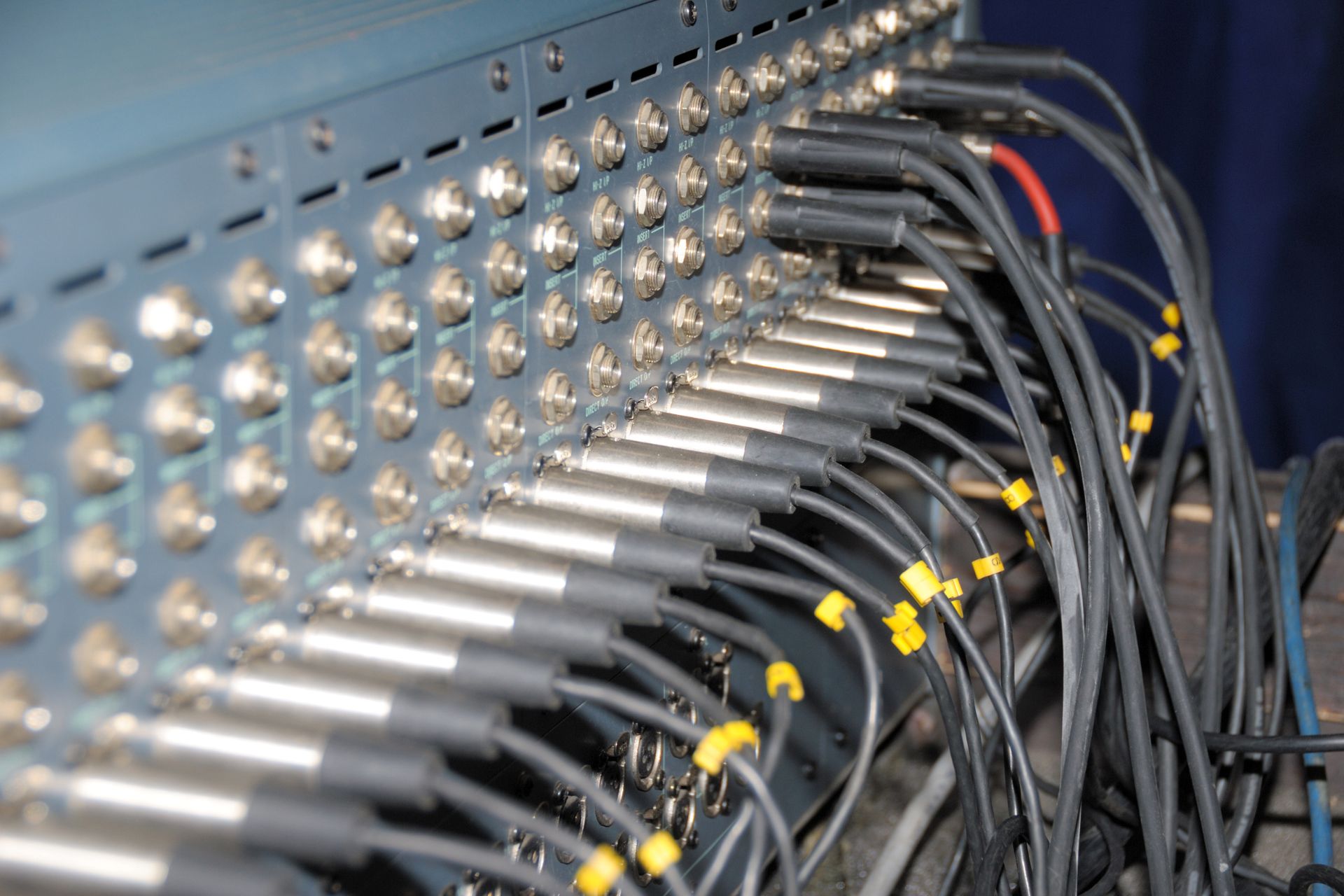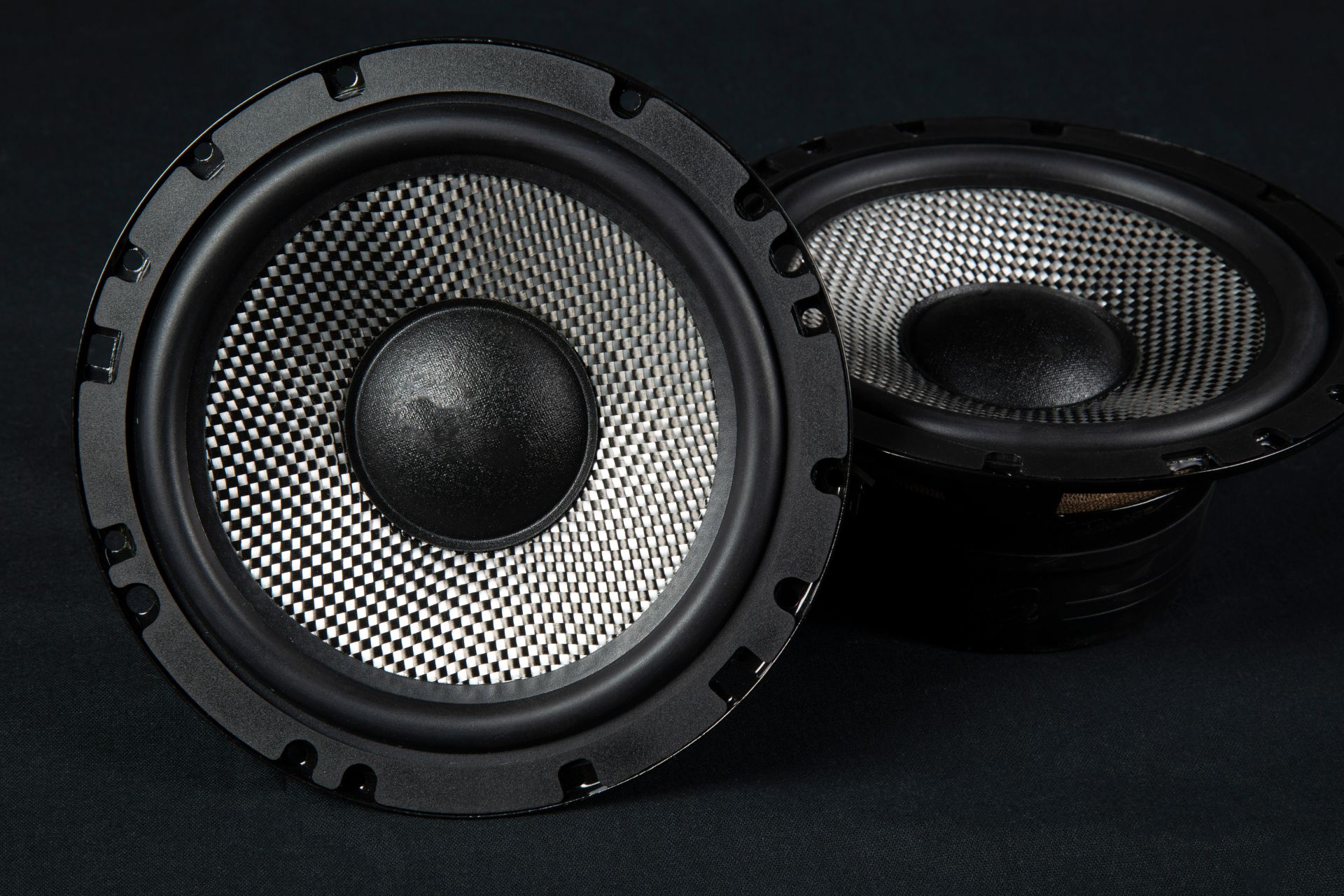Frequently Asked Questions
To ensure signal integrity over long cable runs in large-scale AV systems, it is crucial to employ high-quality shielded twisted pair cables or fiber optic cables, which minimize electromagnetic interference and signal degradation. Implementing signal boosters or repeaters at strategic intervals can amplify weakened signals, maintaining optimal performance. Utilizing balanced audio lines and differential signaling helps reduce noise and crosstalk, while impedance matching ensures maximum power transfer and minimal reflection. Employing proper grounding techniques and using surge protectors can prevent ground loops and protect against voltage spikes. Additionally, leveraging digital signal processing (DSP) for equalization and time alignment can correct any phase or frequency response issues. Integrating networked AV solutions with protocols like HDBaseT or AV-over-IP can facilitate long-distance transmission with minimal latency and high bandwidth efficiency. Regularly testing and monitoring the system with tools like time-domain reflectometers (TDR) and spectrum analyzers can help identify and rectify any potential issues before they impact performance.
The best practices for integrating multiple audio and video sources into a single control interface involve utilizing a centralized AV control system that supports seamless switching and routing of signals. This system should incorporate a matrix switcher to manage various input and output configurations, ensuring compatibility with different formats and resolutions. Employing a digital signal processor (DSP) is crucial for audio management, allowing for precise mixing, equalization, and distribution of sound channels. The interface should feature a user-friendly graphical user interface (GUI) with customizable layouts, enabling intuitive navigation and control over source selection, volume adjustment, and display settings. Implementing networked AV over IP solutions can enhance scalability and flexibility, allowing for remote management and monitoring. Additionally, ensuring interoperability with existing infrastructure through the use of standard protocols like HDMI, HDBaseT, and Dante is essential for seamless integration. Robust system design should also include redundancy and failover mechanisms to maintain reliability and minimize downtime.
Latency in complex AV signal routing setups can be minimized by optimizing signal path efficiency and employing advanced technologies. Utilizing high-bandwidth, low-latency cables such as fiber optics can significantly reduce transmission delays. Implementing digital signal processors (DSPs) with fast processing capabilities ensures rapid signal conversion and processing. Network switches with low-latency specifications and Quality of Service (QoS) settings prioritize AV traffic, reducing bottlenecks. Employing direct point-to-point connections where possible, rather than relying on multiple hops, minimizes signal degradation and delay. Additionally, using AV-over-IP solutions with efficient compression algorithms can maintain signal integrity while reducing latency. Regularly updating firmware and software for all AV equipment ensures optimal performance and compatibility, further reducing potential latency issues.
In large-scale AV signal flow designs, redundancy and failover considerations are critical to ensure system reliability and continuous operation. Key factors include implementing redundant signal paths and backup power supplies to prevent single points of failure. Utilizing networked AV systems with failover capabilities, such as ST 2022-7 for seamless protection switching, enhances resilience. Employing hot-swappable components and modular hardware designs allows for quick replacement without disrupting service. Monitoring and diagnostics tools are essential for real-time fault detection and proactive maintenance. Additionally, load balancing across multiple servers and employing virtualized environments can optimize resource allocation and improve system uptime. Ensuring compatibility with industry standards like SMPTE and AES67 for audio over IP, along with robust network infrastructure featuring VLAN segmentation and QoS prioritization, further supports redundancy and failover strategies.
To manage and troubleshoot signal interference in environments with high electromagnetic noise, one must employ a combination of shielding, filtering, and grounding techniques. Shielding involves using conductive materials to encase cables and devices, thereby reducing electromagnetic interference (EMI) from external sources. Filtering can be achieved by implementing low-pass, high-pass, or band-pass filters to eliminate unwanted frequencies from the signal path. Proper grounding ensures that any stray electromagnetic currents are safely dissipated, minimizing their impact on sensitive equipment. Additionally, using twisted-pair cables and fiber optics can significantly reduce susceptibility to EMI. Employing spectrum analyzers and time-domain reflectometers can help identify and isolate sources of interference, while adaptive frequency hopping and spread spectrum technologies can dynamically adjust communication channels to avoid noisy frequencies. Regular maintenance and calibration of equipment, along with adherence to electromagnetic compatibility (EMC) standards, further enhance the reliability of systems operating in electromagnetically noisy environments.

